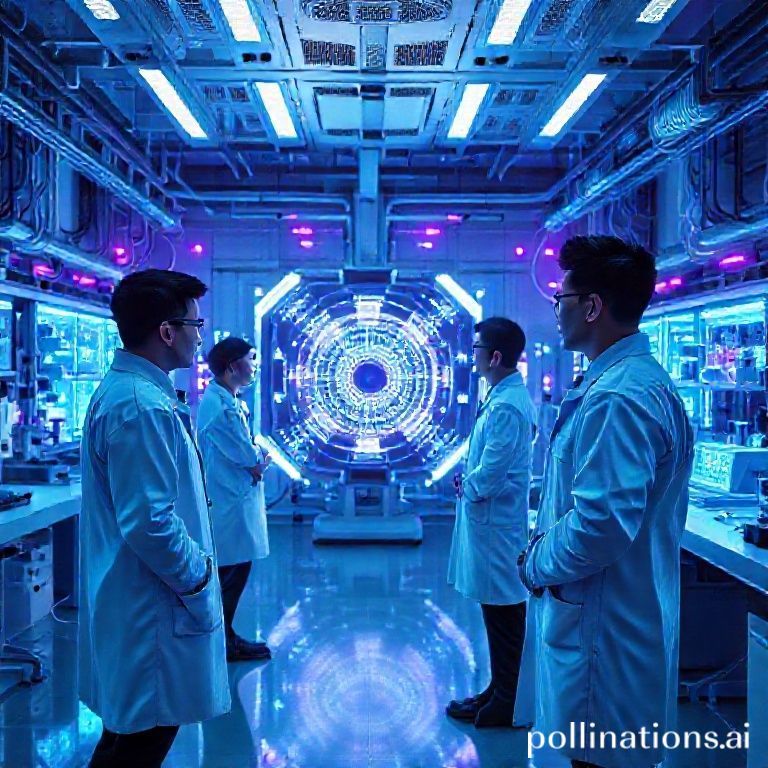
5G Revolution: How It Changes Connectivity
Remember the dial-up days? Waiting minutes for a single image to load? Those days are long gone, thanks to the evolution of mobile technology. But the journey doesn’t stop there. We’re now on the cusp of another major leap: the rise of 5G technology. It’s not just about faster downloads; it’s about a fundamental shift in how we connect, communicate, and interact with the world around us. Get ready to explore how 5G is set to revolutionize connectivity as we know it.
What is 5G and Why is it a Big Deal?
At its core, 5G is the fifth generation of wireless technology. It’s the successor to 4G LTE, offering significantly faster speeds, lower latency (the delay before a transfer of data begins following an instruction for its transfer), and greater capacity. But what does that actually mean in practical terms? Think of it like this: 4G was a highway, and 5G is a superhighway with multiple lanes, allowing for a much smoother and faster flow of data.
Key Advantages of 5G:
- Speed: 5G offers speeds up to 100 times faster than 4G LTE. This means near-instant downloads, lag-free streaming, and a vastly improved mobile experience.
- Latency: Lower latency is crucial for applications that require real-time responsiveness, such as autonomous vehicles, remote surgery, and augmented reality.
- Capacity: 5G can handle a much larger number of connected devices simultaneously, making it ideal for smart cities and the Internet of Things (IoT).
These advantages aren’t just incremental improvements; they’re game-changers that unlock a whole new range of possibilities.
The Impact of 5G Across Industries
5G’s transformative potential extends far beyond just faster mobile internet. It’s poised to disrupt and revolutionize various industries, creating new opportunities and reshaping existing business models.
Healthcare:
Imagine a surgeon performing a complex operation remotely, guided by real-time haptic feedback and ultra-high-definition video. Or picture ambulances equipped with 5G-enabled diagnostic tools, transmitting vital patient data to hospitals before arrival, allowing for faster and more effective treatment. 5G’s low latency and high bandwidth make these scenarios a reality.
Manufacturing:
In the manufacturing sector, 5G enables smart factories with interconnected machines, robots, and sensors. This allows for real-time monitoring, predictive maintenance, and automated processes, leading to increased efficiency, reduced downtime, and improved product quality. Think of robots collaborating seamlessly on an assembly line, guided by AI and connected through a lightning-fast 5G network.

Transportation:
Autonomous vehicles are heavily reliant on 5G technology. The ultra-low latency and high reliability of 5G are essential for enabling vehicles to communicate with each other, with infrastructure, and with the cloud, making self-driving cars a safe and practical reality. Beyond cars, 5G also improves logistics and supply chain management, allowing for real-time tracking of goods and optimized delivery routes.
Entertainment:
For entertainment, 5G promises immersive experiences like never before. Imagine streaming 4K or even 8K video on your mobile device without any buffering. Or experiencing augmented reality games that seamlessly blend the digital and physical worlds. 5G will also power new forms of entertainment, such as virtual reality concerts and interactive live events.
5G and the Internet of Things (IoT)
The Internet of Things (IoT) refers to the network of physical devices, vehicles, home appliances, and other items embedded with electronics, software, sensors, and connectivity which enables these objects to connect and exchange data. 5G is a critical enabler for the IoT, providing the necessary infrastructure to support the massive number of connected devices. From smart homes to smart cities, 5G makes it possible to connect and manage a vast array of devices, creating more efficient and intelligent environments.
Smart Cities:
Imagine a city where traffic lights automatically adjust to traffic flow, where waste management is optimized based on real-time data, and where public safety is enhanced through interconnected surveillance systems. 5G makes this possible by providing the necessary connectivity for a vast network of sensors and devices to communicate and share data.
Challenges and Considerations
While the potential of 5G is undeniable, there are also challenges and considerations that need to be addressed. These include:
- Infrastructure Deployment: Building out the 5G infrastructure requires significant investment and time. Installing new cell towers and upgrading existing infrastructure is a complex and costly process.
- Security Concerns: As with any new technology, security is a major concern. Ensuring the security of 5G networks and protecting against cyber threats is crucial.
- Coverage and Availability: 5G coverage is still limited in many areas. Expanding coverage to rural and underserved communities is essential to ensure that everyone can benefit from the technology.
- Cost: The cost of 5G devices and services may be a barrier for some consumers. Making 5G accessible to everyone is important for realizing its full potential.

The Future of Connectivity with 5G
Despite the challenges, the future of connectivity with 5G is incredibly promising. As the technology matures and infrastructure expands, we can expect to see even more innovative applications and transformative changes across various industries. 5G is not just about faster internet; it’s about creating a more connected, efficient, and intelligent world.

Conclusion
The rise of 5G technology represents a significant leap forward in connectivity. Its faster speeds, lower latency, and greater capacity are poised to revolutionize industries, transform our daily lives, and unlock new possibilities we can only begin to imagine. While challenges remain, the potential benefits of 5G are undeniable, promising a future where connectivity is seamless, ubiquitous, and transformative. Get ready to experience a world where everything is connected, faster, and more intelligently than ever before.






